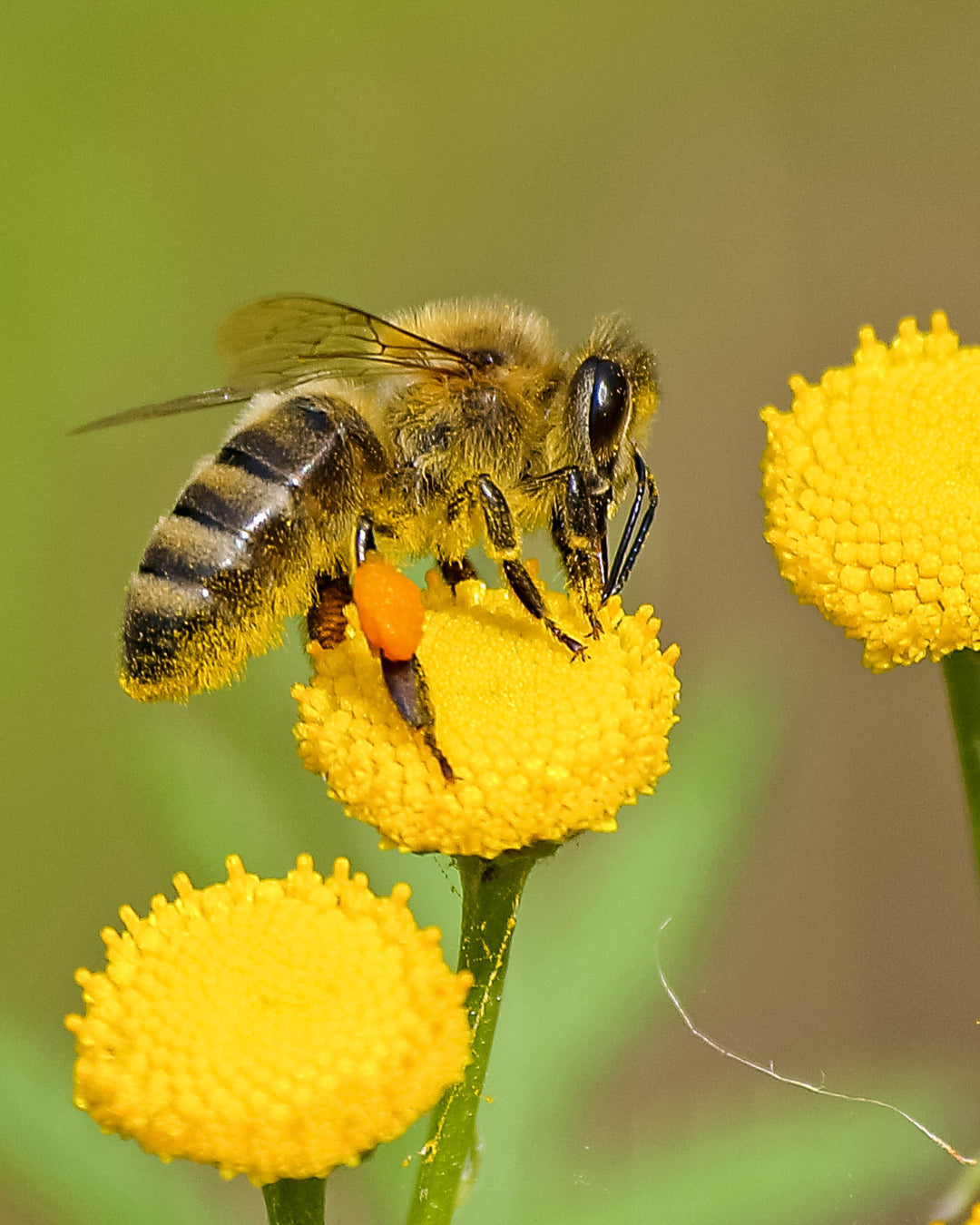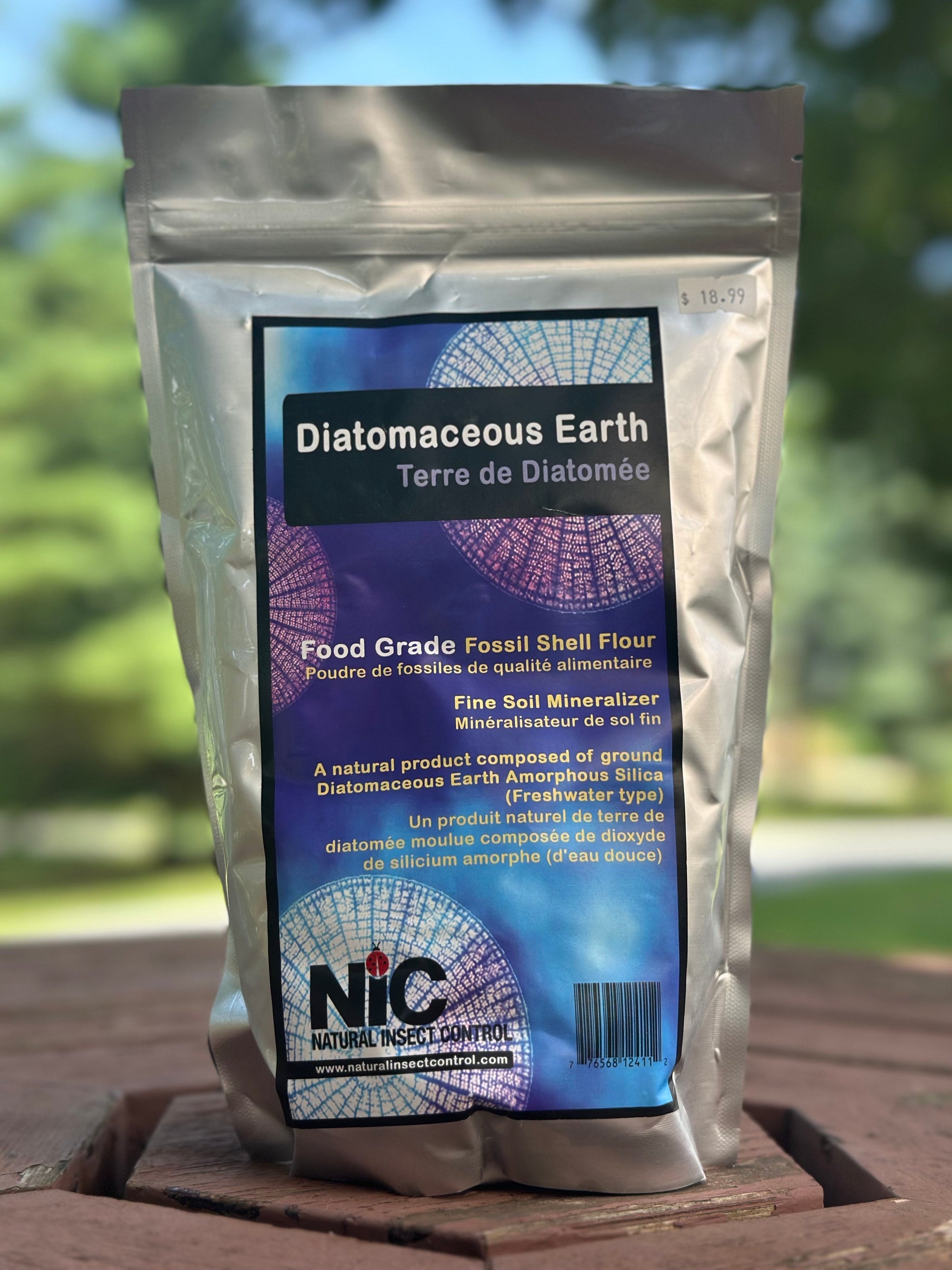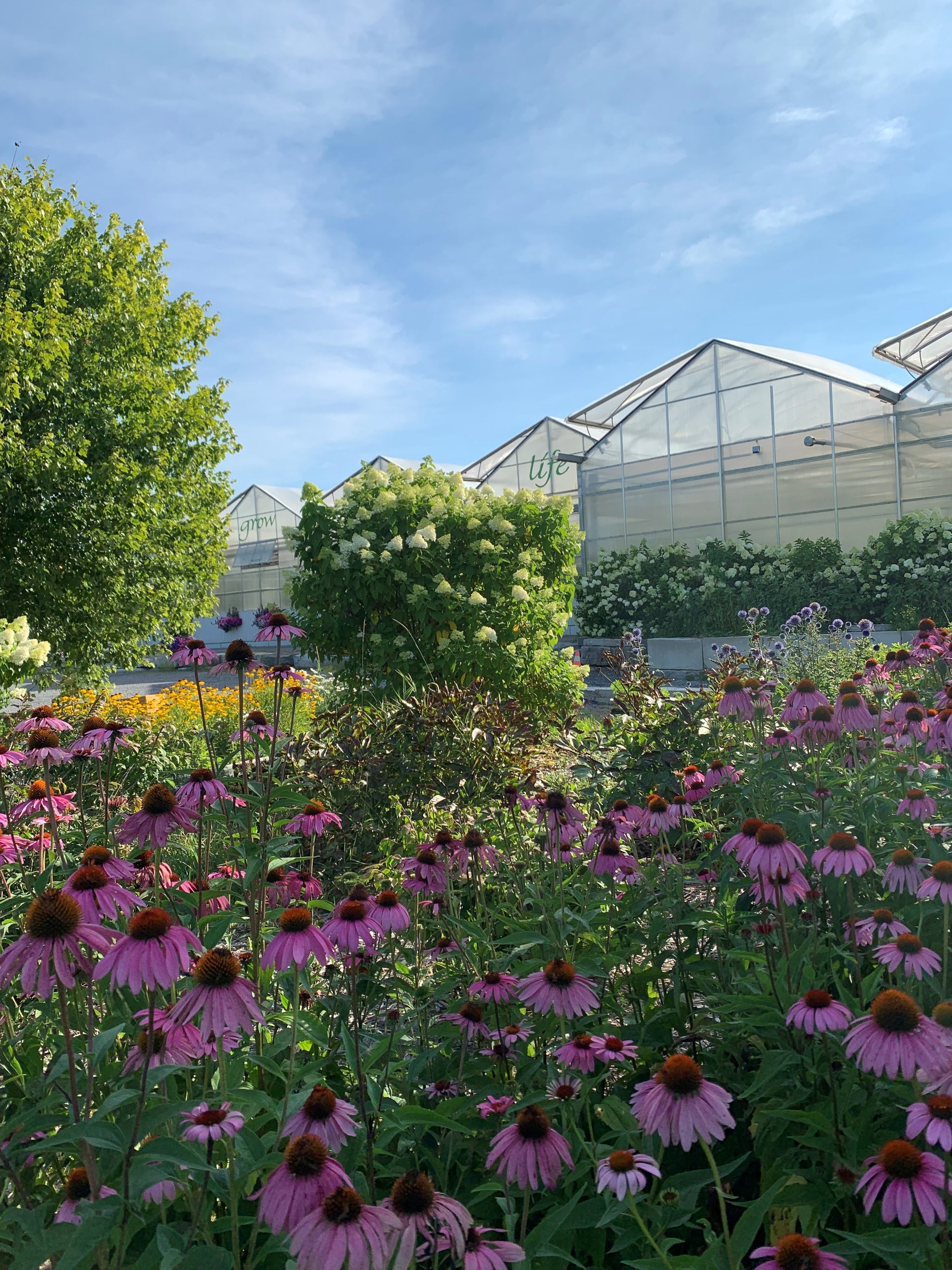
It's spring, and we want to grow our own food. Perhaps you have been busy late winter, seeding copious amounts of seed to fill your veggie garden plot and now you want to supplement all of those food offerings by growing your own fruit!
Apples are a long lasting nutrient dense fruit that many of us can grow even in smaller landscapes. A commitment for sure, as it takes up to 3 years for an apple tree to start producing apples to harvest, but a food source that can support your family for a generation and beyond.
Once food plants are planted and growing, we often think that , beyond dealing with weeds and inscet pests , the harvest' Gods' will reward us abundantly.
It is so important to understand that for fruits or veggies to be productive, efficient pollination MUST take place. Many of us gardeners are aware of how 1 in 3 bites of everything we put in our mouths is because of the activity of bees. And we are not talking honeybees only. There are many many species of solitary bees such as Mason bees and leafcutter bees that are the 'workhorses' of pollinating many food crops including fruit trees, and bushes ,veggies and more.
This blog post is going to shine a light on how us gardeners can improve our harvests by introducing more solitary bees into our gardens such as mason and leafcutter bees and providing homes so that they can be as efficient in pollinating your fruit trees as they can be. We will explain where these solitary bees like to live in nature and how we can encourage more nesting sites in our own yards.
1. Natural Nesting
Mason and leafcutter bees look for pre-existing cavities to build their nests, including:
- Hollow plant stems, think raspberry cranes
- Abandoned beetle burrows in decaying wood
- Small cavities in trees or structures
- Gaps between stones
- Earthen banks
2. Reduced Population
In areas lacking suitable nesting sites—such as trees, logs, or appropriate leaves—fewer leafcutter bees will be able to establish nests, potentially leading to a population decline.
What can the gardener do to help provide more nesting sites in our own gardens?
Consider bringing in a bee house of a construction that will encourage them to move in!
It is important to be aware that if adequate housing is not provided there could be 'fall out' which includes;
1. Some bees may resort to less-than-ideal nesting locations, which could reduce their reproductive success.
2.. Potential Property Damage
In urban or suburban settings, leafcutter bees might nest in man-made structures, sometimes causing minor damage to wooden siding or other materials.
3.. Reduced Pollination
Since mason and leafcutter bees are highly efficient pollinators, a decline in their population may result in decreased pollination of local plants and crops.
4. Missed Opportunity for Observation
Without dedicated housing, gardeners and nature enthusiasts miss the chance to observe these beneficial insects up close and learn about their fascinating life cycles.
Final Thoughts
While mason and leafcutter bees will continue to seek natural nesting sites as they have for millions of years, providing housing supports their populations, enhances pollination, and offers a unique opportunity to observe them in action.
Here's to helping those solitary bees so that we can enjoy an abundant harvest!
If you are interested in purchasing mason or leafcutter bees ,you can purchase through our online store for instore pick up.


